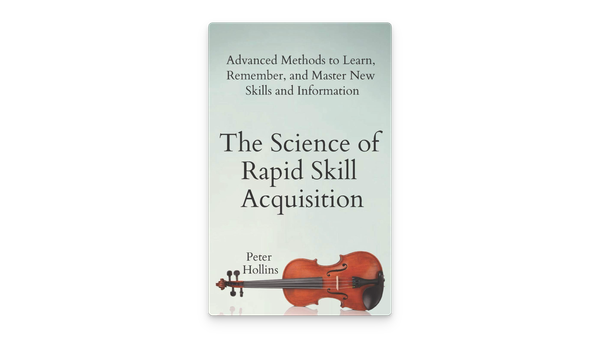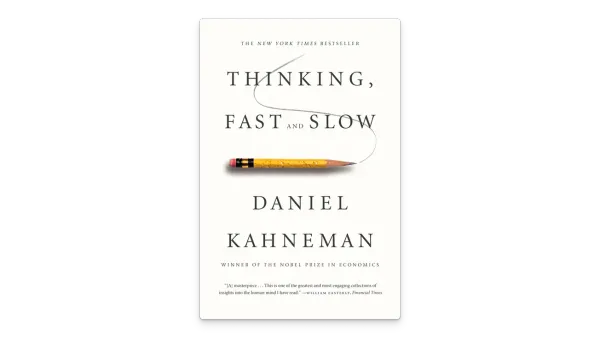What I’ve Learned About White-Collar Crime
••• When I began practicing law, in the 1970s, white-collar crime didn’t get much attention outside my old office, the U.S. Attorney’s Office for the Southern District of New York. Prosecutors cared much more about homicides, drug kingpins, and the mob. Financial crimes weren’t considered very serious or interesting by most prosecutors. That’s changed for a variety of reasons. Over the past 30 years, we’ve had a large body of white-collar prosecutions, and they’ve shown us that deterrence really works. For instance, people on Wall Street pay a lot of attention to how prosecutors treat insider-trading cases. They say, “Gee, somebody just like me went to jail for a significant period of time.” There’s no bigger deterrent than a jail sentence. Most white-collar defendants have nice lives, and they value their freedom and liberty. Prosecuting these crimes and getting judges to send white-collar criminals to jail really does alter people’s conduct. As a prosecutor, I prioritized white-collar crime and helped make people more aware of the costs of crossing the line. I’ve also done a lot of defense work, and that’s given me a window into what motivates people accused of white-collar crimes. As a prosecutor, you tend to stay at arm’s length from alleged perpetrators, but when you’re defending them, you wind up exploring their motivations in a very intimate way. Why do they do it? Part of it is that white-collar crime doesn’t seem to inspire the deep feelings of guilt caused by, say, a crime such as assault, where you’re doing tangible, significant harm to someone. Some of these crimes, like tax fraud, may be perceived as “victimless,” even though that’s not really true. Part of the motivation is greed, of course, but there’s more to it. The piece that the public underestimates is ego. Many of the people who commit these crimes have been successful, and they don’t want to fail. Very often the market has turned on them, but they need other people to still _see_ them as successful. There’s often a financial motive, but in a highly charged business where there are temptations, you have to account for human nature and the need for status and continued success, too. When I do an investigation for a company that’s experienced an ethical or legal lapse—I’m doing a lot of that work right now—I’m not just trying to uncover what happened. A standard part of the process is to make recommendations about how to prevent future wrongdoing. Compliance programs are important, but what really matters is the culture and the tone that a leader sets for the organization—that’s often a more effective way to increase the odds that lapses won’t happen again. In the aftermath of a scandal, some leaders will claim they didn’t know what was going on. Sometimes that’s true. But when it is, you have to ask if the leader built a communication system that’s designed to bring bad news up to his or her level, or whether the system is designed to insulate leadership. Every company has hotlines for whistle-blowers; only some of them directly reach the board’s audit committee or the CEO’s office. In those systems, in which the most-senior leaders are actively seeking out complaints and allegations, the compliance culture is much stronger. In contrast, some hotlines seem designed to give leaders plausible deniability: We have a system for reporting complaints, and there haven’t been many. Leaders have to ask, Why is that? Are employees reluctant to come forward for fear of retaliation? The biggest mistake companies make in trying to prevent crime or misconduct is to ratchet up compliance simply by throwing more resources at it. They believe every extra dollar has the same incremental effect. That’s incorrect. Particularly when you’re dealing with potential violations of the Foreign Corrupt Practices Act (which targets bribery) or the Bank Secrecy Act (which focuses on money laundering), you need to be surgical and intelligent about where the biggest risks are. This is especially true in global organizations—very often problems are popping up far from headquarters, in overseas subsidiaries or with joint venture partners. Much of prevention really comes down to culture. If you’re a new leader in an organization, my advice is to let people get to know you—and your values. Let them know how serious you are about doing the right thing. Make it clear that if they see someone do something wrong, they _must_ report it—and that by doing so, they’re supporting all the people in the organization. When someone strays, it diminishes the entire company, and employees can’t let that happen. That’s the message leaders need to deliver—and it’s how they must act, too. One vital marker of an ethical culture is whether there really is a zero-tolerance policy for wrongdoing. Many companies claim to have one, but when high producers or senior people break the rules, leaders may go easy on them, either for business reasons or out of loyalty. That undermines everything. You can’t rely just on compliance and audits; you have to be willing to punish people who cross the line. To build an ethical culture, you have no choice but to follow through on your no-tolerance promise. Don’t just talk the talk; _walk_ the talk.




